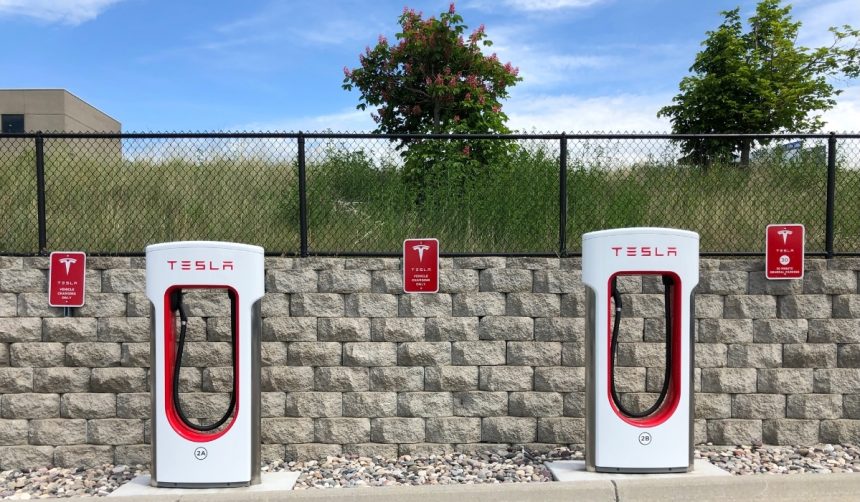New York City streets may soon feature a new wave of transportation as Tesla gears up for the introduction of its Robotaxi service. As ride-hailing evolves from traditional yellow cabs to autonomous vehicles, residents and entrepreneurs are weighing the practical implications. The arrival of Tesla’s autonomous platform could reshape how people travel, how incomes are generated, and how environmental goals are achieved. The traditional taxi medallion system, once integral to city transportation, faces renewed scrutiny as new mobility options emerge. This shift raises questions about accessibility, costs, and the city’s evolving sustainability ambitions.
Earlier reports on autonomous vehicles highlighted regulatory hurdles and technological limitations that delayed deployments in dense urban areas. While companies like Waymo and Uber have tested autonomous fleets elsewhere, actual implementation in New York has lagged due to local government oversight and operational complexities. Initiatives such as the Green Rides Initiative and electrification mandates pointed toward eventual change but lacked large-scale industry backing. Tesla’s current hiring spree and direct focus on the New York market contrast with earlier piecemeal efforts, signaling a more coordinated challenge to longstanding taxi infrastructure and city policy.
How Are Lower Costs and Higher Efficiency Influencing Taxi Alternatives?
Tesla’s Robotaxi platform aims to lower ride fares by eliminating the compensation traditionally paid to human drivers. Reduced operational costs—driven by automation, all-electric vehicles, and minimized maintenance intervals—place pressure on the high expenses of taxi medallion ownership, which often reach $200,000. According to internal discussions and job postings, Tesla estimates annual passive income for Robotaxi operators could approach $50,000, making the autonomous route appealing for would-be drivers.
“Our goal is to make Robotaxi a cost-effective and widely accessible service,” a Tesla representative stated.
These operational savings have positioned Robotaxi as not only competitive with established services like Uber and Lyft in cities such as Austin, but also primed to undercut New York’s traditional cabs.
How Will Scalability and Service Availability Affect Urban Mobility?
One advantage of autonomous fleets is the ability to maintain service around the clock, apart from necessary charging times. Tesla emphasizes scalability for its Model Y and Cybercab vehicles, suggesting that the new fleet could outperform traditional cabs in both reliability and network size. Service coverage across all five boroughs offers both shorter wait times and improved access in less congested areas, potentially addressing limitations of human-driven services during peak or off-peak times.
Could User Experience and Sustainability Drive a Shift to Robotaxi?
With features such as app-based climate control, seamless entertainment integration, and continued personalization across rides, Tesla positions Robotaxi as an enhanced rider experience over cabs. Additional amenities include rear screens, customizable music, and interactive media.
“Passengers can control their environment and entertainment seamlessly through our Robotaxi app,” the company explained.
Tesla’s electric-only approach also aligns with New York City’s 2027 goal for a city-owned electric fleet and its broader push for carbon neutrality under efforts like the Green Rides Initiative. The all-electric Robotaxi fleet could help meet city requirements for zero-emission rides, accelerating the move away from internal combustion taxis.
The collision of innovative business models and regulatory frameworks in New York signals a period of rapid change for urban mobility. As Tesla accelerates hiring and infrastructure plans, city officials will need to reconsider medallion systems and operational guidelines to accommodate autonomous vehicles. Residents can expect shifting fare structures, greater ride availability, and expanded app-driven options as the city works toward environmental targets. For entrepreneurs, passive income estimates could reshape local economic participation. Ultimately, the integration of all-electric Robotaxis may serve as a catalyst for more sustainable and accessible transportation, provided regulatory and technological challenges are addressed along the way.
- Tesla aims to expand its Robotaxi service into New York City soon.
- Autonomous vehicles challenge traditional medallion-based taxi models and city regulations.
- Tesla’s approach focuses on lower costs, improved access, and sustainability goals.










